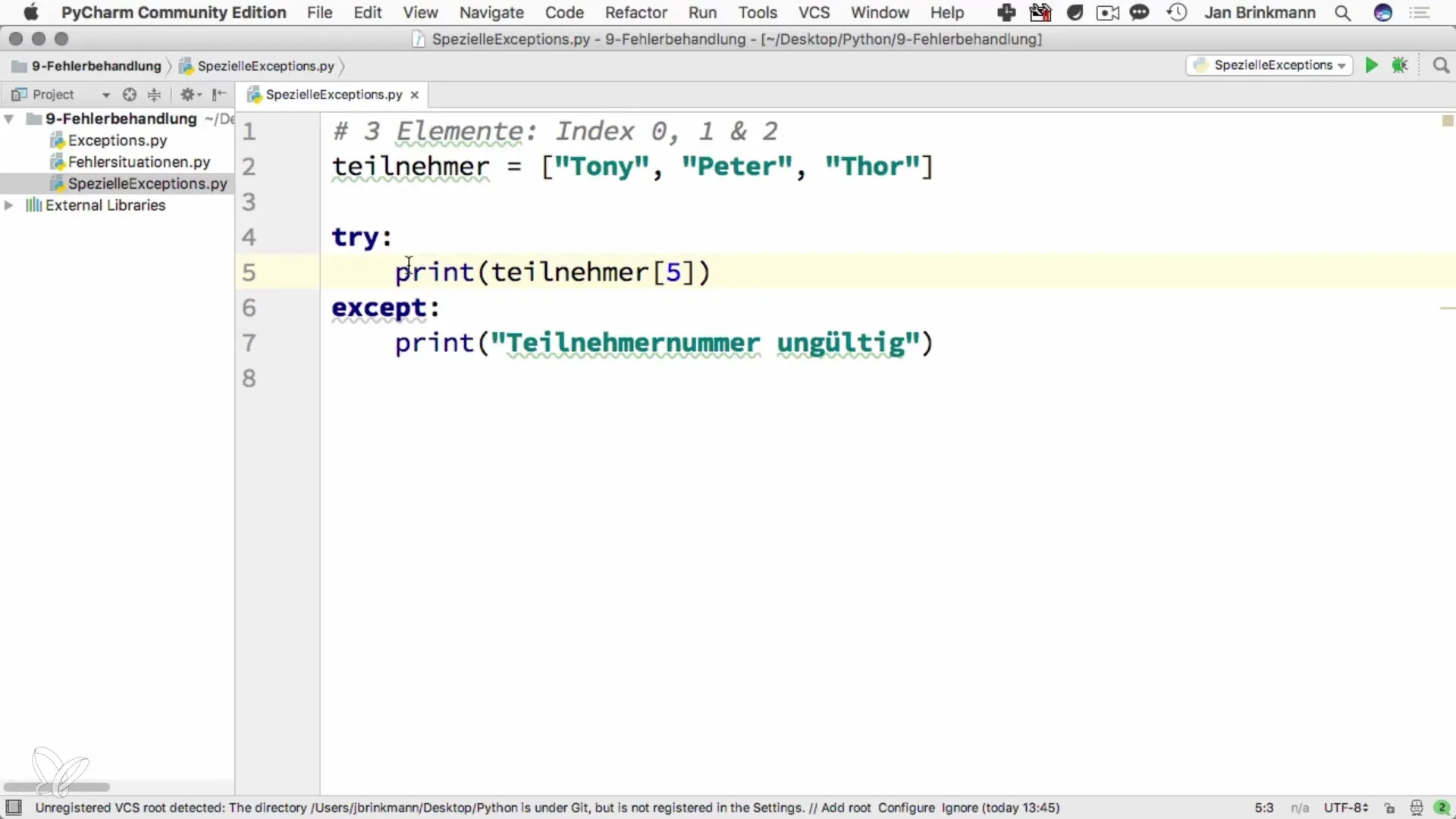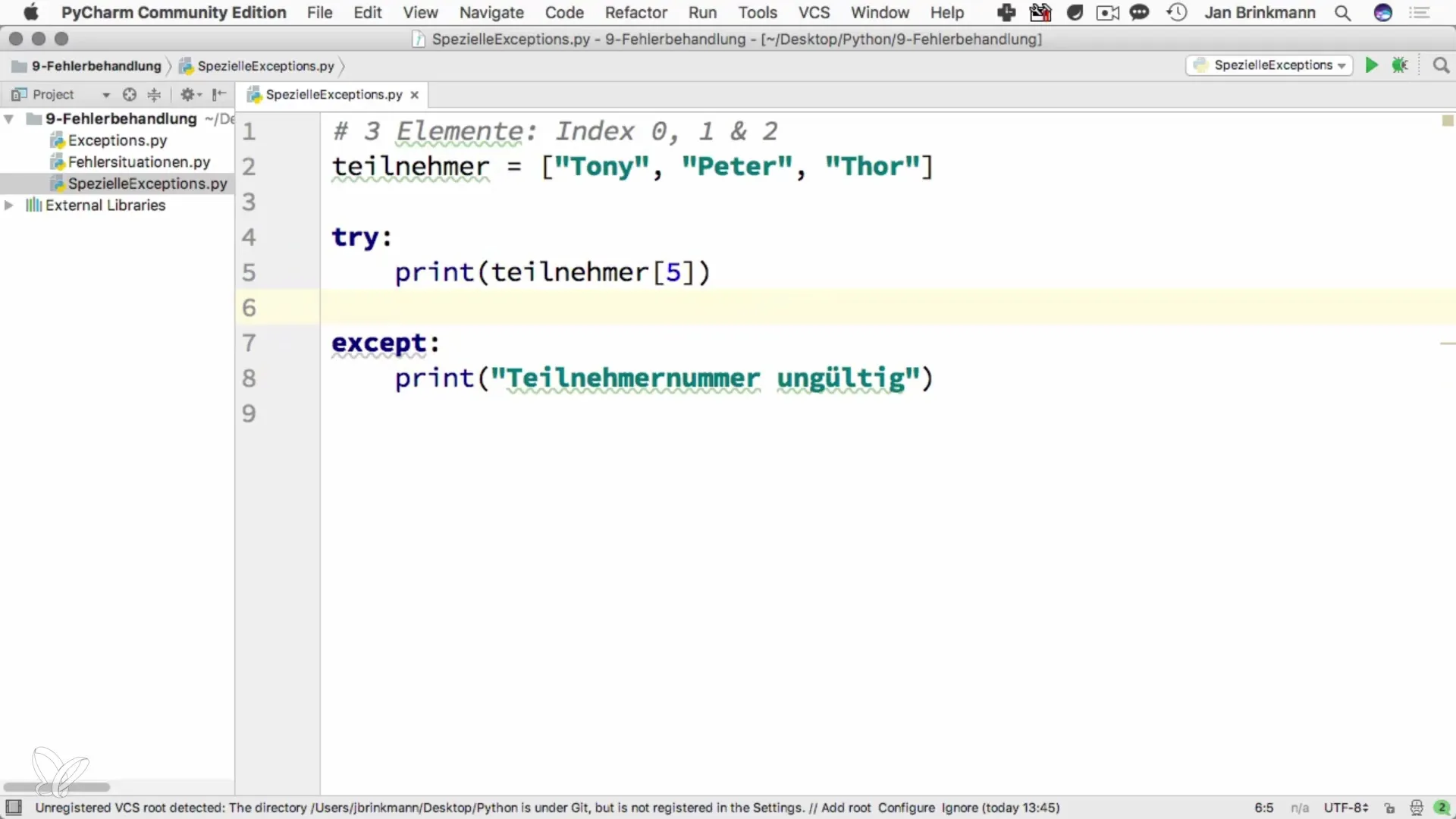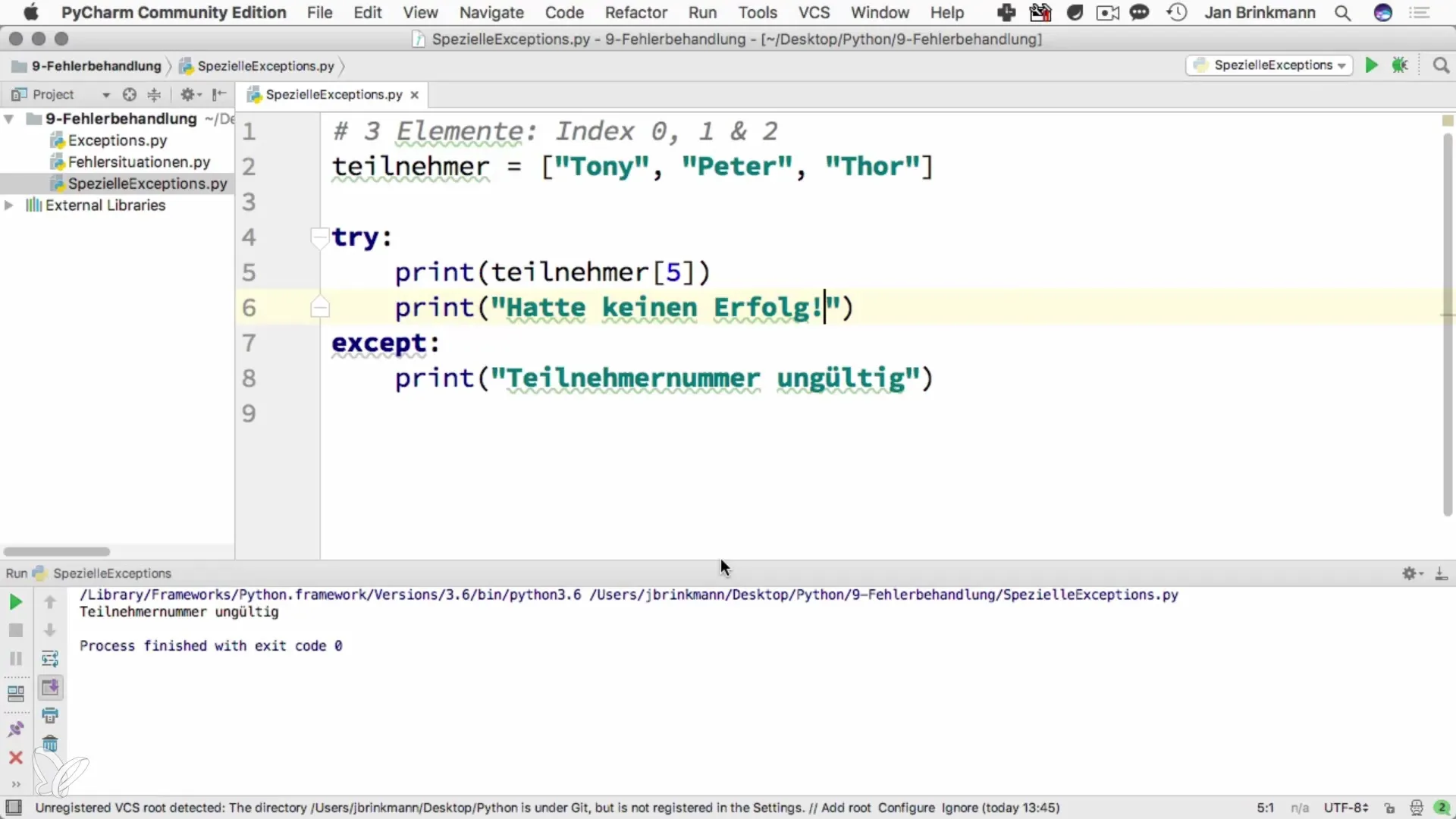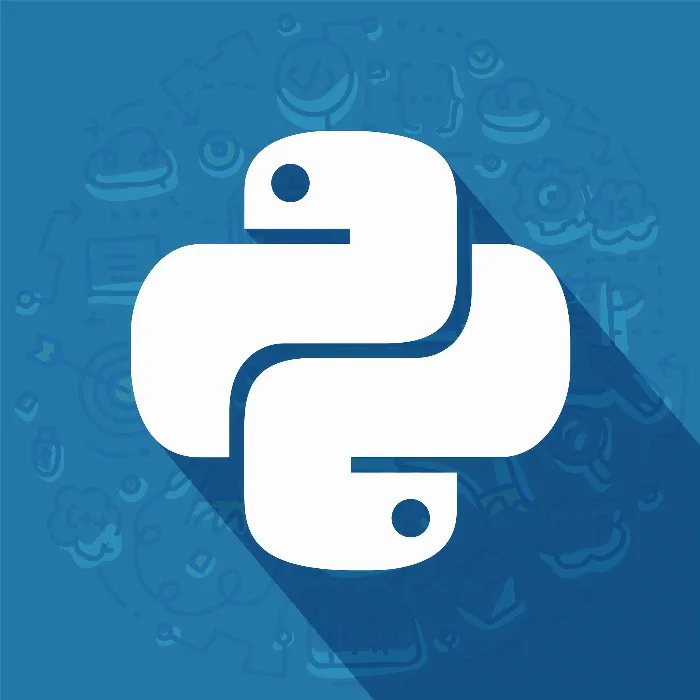When working with Python, you will inevitably encounter errors that occur during the execution of your code. In most cases, it is crucial to properly handle these errors (also known as Exceptions) to ensure that your program remains stable and that users have a positive experience. In this tutorial, you will learn how to recognize and specifically respond to different types of errors in the same code area.
Main Takeaways
- You can handle different exceptions in the same try block.
- It is possible to identify specific exceptions and handle them individually.
- A default handler can be used for unexpected errors.
Step-by-Step Guide
Step 1: Basics of Error Handling
First, you should familiarize yourself with the basic structure of error handling in Python. The try block is the area where you write code that could potentially cause errors. When an error occurs, the interpreter automatically jumps to the except block.

Step 2: Recognize and Handle Error Types
If you want to handle multiple types of errors, you can create specific except blocks. This allows you to respond precisely to different errors, such as an IndexError or ValueError.
Step 3: Define Conditions
Use variables to control your conditions. This is especially useful when you have unexpected results in your code. Here, for example, you can store a number in a variable and use it later in the code.

Step 4: Default Handler for Unexpected Errors
You should also know how to set up a default handler for unexpected errors. This is especially important for writing a robust program. If an error message occurs that is not covered by your specific handlers, you can implement a general error handling mechanism.

Step 5: Make Error Messages User-Friendly
It is always advisable to customize error messages so that they are understandable to users. Instead of outputting technical details about the issue, you could provide a user-friendly message.
Summary – Specifically Handling Individual Exceptions in Python
You have now learned how to specifically handle different exceptions in your Python code. By creating specific except blocks for different types of errors, you can ensure that your program remains stable and provides helpful feedback to users when something goes wrong.
Frequently Asked Questions
How many exceptions can I handle in the try block?You can use as many except blocks in the try block for different exceptions as you like.
What happens if I don't handle an exception?If an exception is not handled, your program will crash and an error message will be displayed.
Can I create a custom exception?Yes, you can define your own exception classes by creating a class that inherits from Exception.


